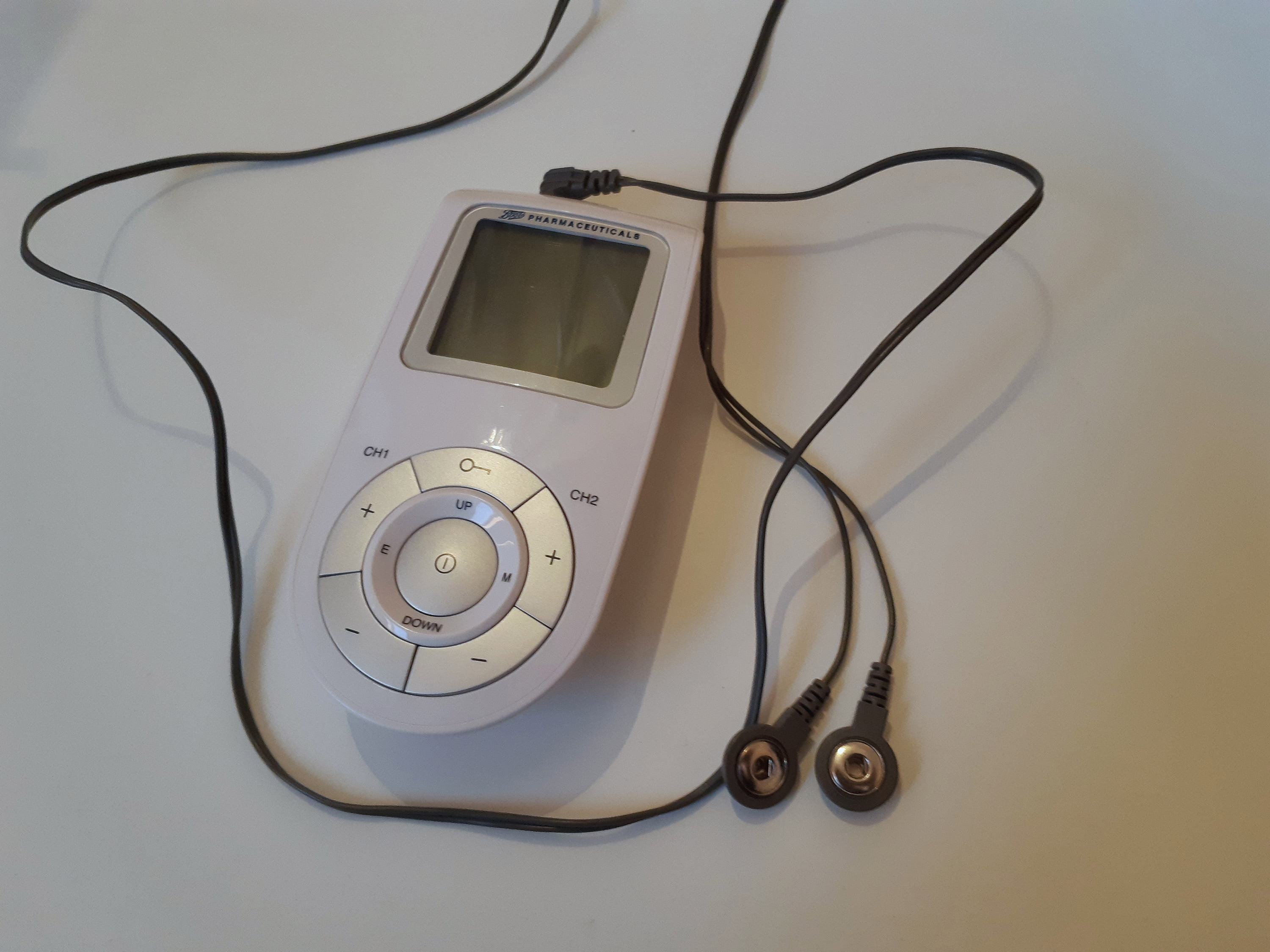
[dropcap]Paralysed[/dropcap] patients walked again, even years after accidents, after a team of neurosurgeons and engineers used targeted electrical stimulation on the spine.
The research was published in the Nature Thursday journal, alongside a video.
The breakthrough has come after more than a “decade of careful research,” according to a neuroscientist at the Swiss Federal Institute of Technology Gregoire Courtine.
Previous trials had achieved strong results when tested on rats, but were less impressive in humans. However, a breakthrough came after several months when three participants noted that they were able to activate their previously paralysed muscles on their own, after several months of training with the electrical stimulation.
The technique is thought to have much higher chances of success when performed very shortly after a patient has experienced a spinal cord injury, and a start-up has been created with the aim to test it on these people in order to refine the technique.
A pulse is first directed at the muscle to tell the patient to begin an attempt at movement, which notifies sensors at the feet to send additional targeted pulses which trigger the muscle movements that are required to complete a step.
Neurons in the brain become reattached to the muscles as the patients join the thoughts of stepping with the electric stimulation that brings on the movements. Once these are reconnected, patients are often able to bring about the muscle movement without the electrical stimulation.
The results were unexpected, according to Dr Courtine who worked alongside neurosurgeon Jocelyne Bloch in leading the research. He said that the patients were able to take some steps on the ground without assistance.
Compared to continuous stimulation which makes walking jerky and unnatural for the patient, using only targeted stimulation allows the patient to walk in an almost ordinary fashion.
One patient who took part in the programme can now walk for up to two hours at a time
Dr Courtine does not want expectations to become over heightened, he said that the patients who have been able to take steps still remain mostly reliant on their wheelchairs. Going forward, however, the doctor is looking towards nerve repair when the technique is combined with biological treatments.
The technique is being praised by experts across the world, being described as “a giant leap forward in the treatment of what was until very recently considered incurable paralysis.”
Beibhinn Thorsch
Image Credit: Carrie McMullen



